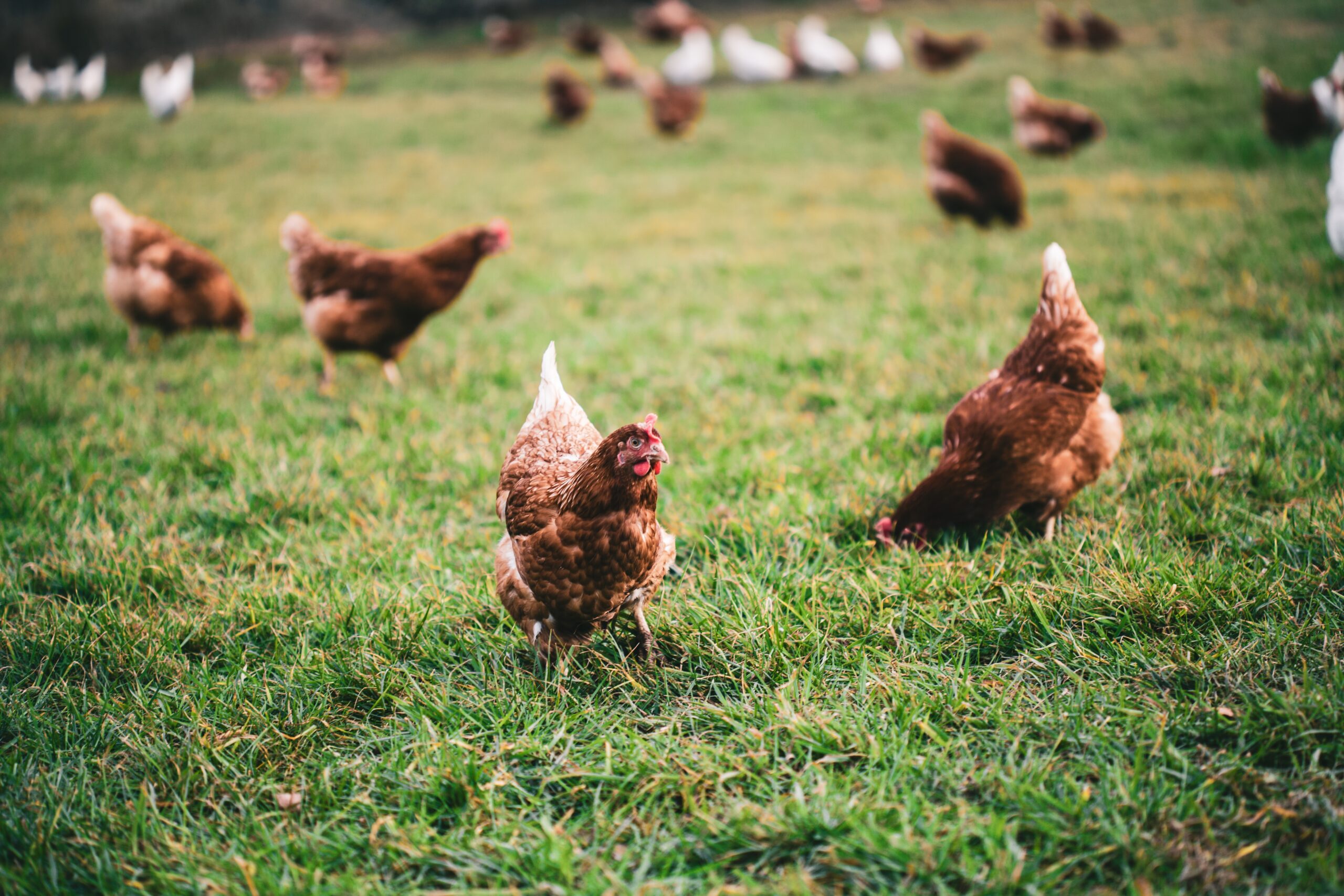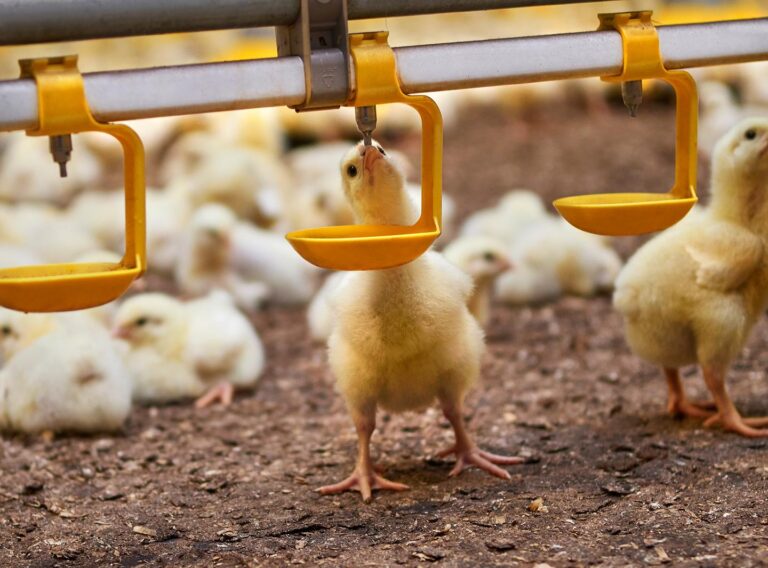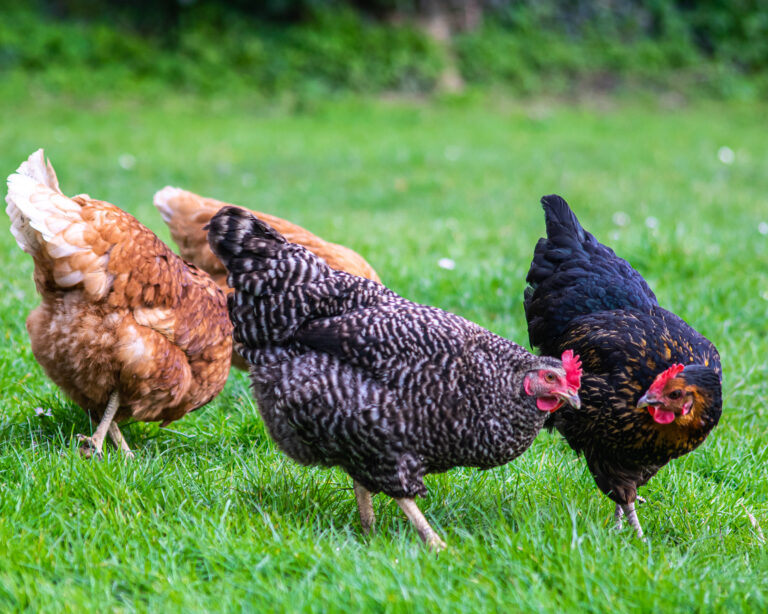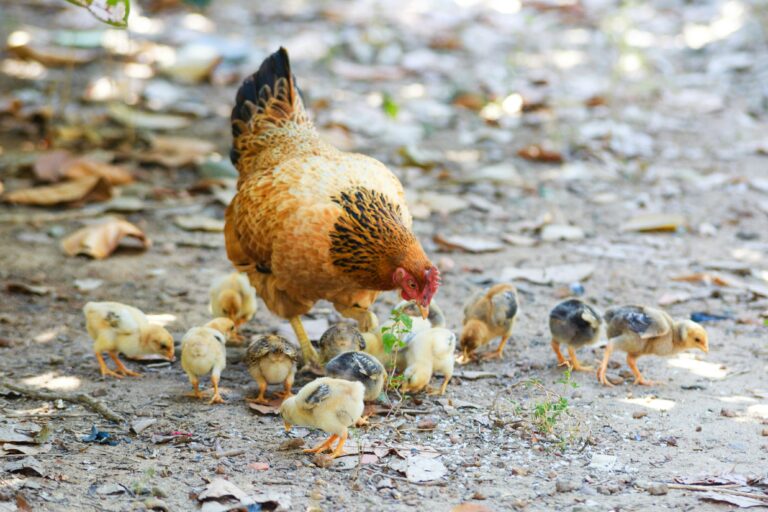The landscape of poultry farming is changing rapidly, thanks to the rise of modern technology. Once dependent solely on manual labor and traditional methods, poultry farms today are embracing automation, smart monitoring, and sustainable practices. These innovations are not just improving efficiency but also enhancing animal welfare, food safety, and environmental sustainability. In this blog, we’ll explore the top technology trends shaping the future of modern poultry farming and how farmers can benefit from these advancements.
1. Automation in Poultry Farming
One of the most significant transformations in poultry farming is the adoption of automated systems. Automation helps manage repetitive tasks such as:
-
Feeding and watering
-
Egg collection
-
Lighting and ventilation control
Automated poultry systems reduce the need for manual labor while ensuring consistency in farm operations. This improves overall productivity and helps farmers manage larger flocks with minimal stress. It also reduces human error and ensures that birds receive timely care and resources.
2. IoT (Internet of Things) Monitoring
Smart sensors and connected devices have brought real-time insights into poultry farming. IoT devices monitor critical factors like:
-
Temperature and humidity
-
Air quality (CO₂ and ammonia levels)
-
Feed and water supply
-
Bird movement and behavior
Farmers can access this data through mobile apps or cloud platforms, allowing them to detect problems early and take prompt action. This results in healthier flocks and better productivity. Remote monitoring also enables farm management even when the farmer is off-site.
3. Artificial Intelligence for Bird Health and Performance
AI is playing a vital role in poultry health management. AI-powered software analyzes data from sensors and cameras to:
-
Detect signs of illness or distress
-
Predict disease outbreaks
-
Optimize feeding routines
-
Track growth rates and egg production
By processing this data, AI can provide recommendations that lead to healthier birds and more efficient farming practices. This reduces economic losses and helps ensure food safety standards are met.
4. Drone Technology for Farm Surveillance
Drones are increasingly used in large-scale poultry farming operations for aerial surveillance and monitoring. They help farmers:
-
Inspect farm structures like roofs and fences
-
Monitor bird activity in open-range systems
-
Create 3D maps of the farm for better planning
-
Detect areas with poor ventilation or shading
Drones save time, reduce the need for physical inspections, and offer a bird’s-eye view of the entire farm, helping identify problems before they escalate.
5. Smart Feeding Systems
Feeding is a major cost in poultry farming, and optimizing it can lead to significant savings. Smart feeding systems use automated equipment and sensors to:
-
Deliver feed based on bird age, breed, and health
-
Minimize feed waste
-
Monitor feed consumption and adjust schedules automatically
These systems improve feed efficiency, encourage uniform growth, and support animal welfare by ensuring each bird receives the right nutrition.
6. Blockchain for Transparency and Traceability
Consumers today demand transparency about the food they consume. Blockchain technology in poultry farming helps provide:
-
End-to-end traceability from farm to table
-
Real-time data about bird health, feed sources, and production processes
-
Certification and compliance with safety standards
By recording and sharing unchangeable data, blockchain builds trust with consumers and adds value to poultry products. This is particularly useful for export markets and premium food segments.
7. Sustainable and Eco-Friendly Technologies
As awareness of climate change grows, sustainable poultry farming practices are becoming more common. Farms are adopting:
-
Solar panels to power equipment
-
Rainwater harvesting systems for cleaning and drinking water
-
Biogas plants that convert poultry waste into energy
-
Composting units to manage manure responsibly
These practices not only reduce the farm’s environmental footprint but also lower operational costs and meet regulatory standards for eco-friendly farming.
8. Robotics in Poultry Farming
Robotic systems are slowly making their way into poultry farms for tasks like:
-
Cleaning chicken coops
-
Distributing feed and water
-
Egg collection and grading
While still an emerging trend, robotics can eventually reduce labor needs even further and improve farm hygiene, leading to better bird health and productivity.
9. Data Analytics and Farm Management Software
Modern poultry farming is becoming data-driven. Specialized software allows farmers to track and analyze:
-
Flock performance
-
Feed conversion ratios
-
Mortality rates
-
Profit and loss per batch
Data-driven decisions enable continuous improvement and better financial planning for poultry businesses.
The future of poultry farming is digital, smart, and sustainable. From automation and AI to blockchain and eco-friendly innovations, technology is revolutionizing how poultry farms operate. By adopting these advancements, farmers can increase productivity, ensure animal welfare, reduce costs, and meet the growing demand for quality poultry products. Embracing these trends is no longer optional—it is essential for long-term success in the industry.




